Coffee tasting, also known as cupping, is an essential practice for coffee enthusiasts, professionals, and anyone looking to deepen their understanding of the complex and diverse world of coffee. It is the process of evaluating the aroma, flavor, and mouthfeel of coffee beans, ultimately allowing tasters to assess the quality and unique characteristics of a coffee batch.
In this guide, FnB Coffee will help you understand the fundamentals of coffee tasting, and how you can embark on your own sensory journey. Let’s begin!
What is Coffee Tasting?
Coffee tasting is a structured process where different coffee beans are assessed through a series of steps, from grinding to brewing, with a focus on identifying the distinct qualities of each coffee. This practice is used by coffee professionals, such as roasters, buyers, and baristas, to evaluate the flavor profile of coffee beans. The goal is to understand how various factors like the coffee’s origin, processing method, and roast level impact its final taste.
At its core, coffee tasting is about discovering and appreciating the unique qualities of coffee, whether it’s a fruity acidity, chocolatey undertones, or a smooth mouthfeel. This practice not only helps professionals make informed decisions about sourcing and roasting but also provides coffee drinkers with a deeper understanding of what makes a great cup of coffee.
Read also: Unlocking the Secrets of Coffee Aroma
The Importance of Coffee Tasting
Understanding how to taste coffee properly is important for a variety of reasons. Here are some of the key benefits:
1. Quality Control
For coffee producers and roasters, tasting is an essential tool for maintaining consistent quality and selecting the best beans. Through tasting, they can ensure that each batch of coffee meets the desired flavor profile.
2. Educating Consumers
Coffee cupping helps consumers identify the flavors they enjoy most, helping them make informed decisions when purchasing coffee. It also allows them to appreciate the artistry behind different coffee beans and brewing methods.
3. Exploring New Flavors
Coffee tasting provides an opportunity to explore the wide range of flavors that different coffee beans and processing methods can offer. You may be surprised by the subtle differences in taste, from bright and fruity to rich and earthy, that exist within the same coffee variety.
4. Enhancing the Brewing Process
When you understand how coffee beans taste, you can adjust your brewing technique to highlight the flavors you enjoy most, improving the overall coffee experience.
The Basics of Coffee Tasting: What to Expect
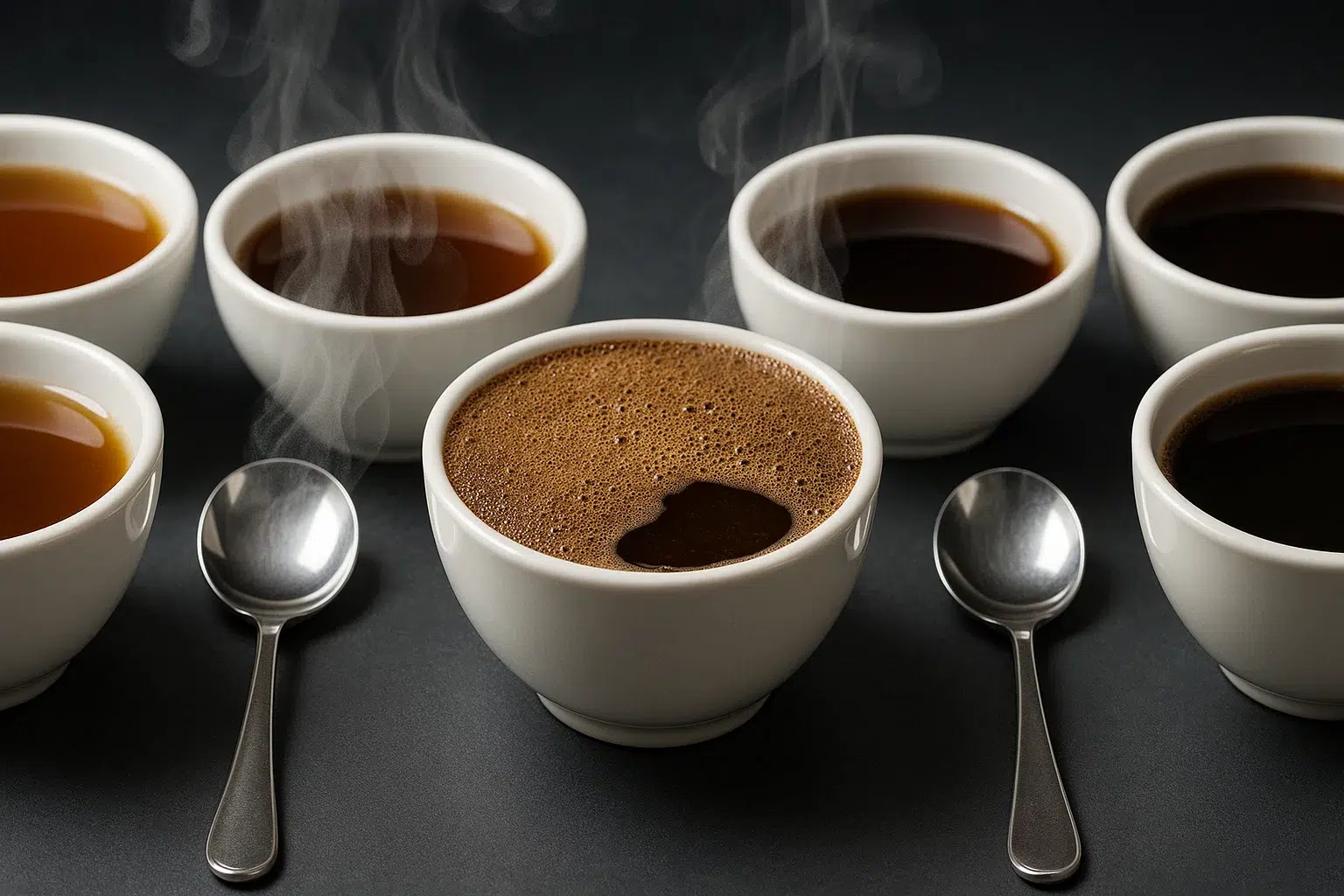
When engaging in a coffee tasting session, there are several steps you can follow to evaluate a coffee properly. While there are various ways to conduct a tasting, the most common approach is to follow the steps used in cupping.
1. Selecting the Coffee Beans
The first step in coffee tasting is selecting the coffee beans you want to taste. You can choose beans based on their origin, processing method, or roast level.
For example, you may want to taste a coffee from Ethiopia that has been processed using the washed method, or compare beans from different regions to see how their flavor profiles differ.
2. Grinding the Coffee
Coffee should be ground just before brewing to ensure maximum freshness and flavor extraction. In a cupping session, the coffee is usually ground to a coarse consistency, similar to sea salt.
This allows the coffee to steep properly and ensures that the flavors are fully extracted during the tasting process.
3. Smelling the Coffee
Before brewing, it’s important to smell the ground coffee. This step is known as evaluating the dry aroma of the coffee.
By inhaling the scent of the grounds, you can start to detect some of the coffee’s potential flavors. The aroma can give you an initial impression of the coffee’s quality, and it often plays a large role in how you perceive its taste later.
4. Brewing the Coffee
The coffee is brewed by pouring hot water over the grounds, allowing them to steep for several minutes. This is done using a special cupping method where the water is poured over the grounds, and the coffee is left to bloom for about four minutes. The goal is to allow the coffee to fully extract all of its flavors.
5. Breaking the Crust
After brewing, a crust of coffee grounds forms on the surface of the coffee. To taste the coffee, tasters use a spoon to break the crust, releasing the coffee’s aroma and allowing them to evaluate the wet aroma.
This is a crucial step in the cupping process, as it reveals more complex and nuanced flavors that are not immediately apparent in the dry grounds.
6. Tasting the Coffee
After the crust is broken, the coffee is allowed to cool slightly, and tasters use spoons to slurp the coffee from the surface. Slurping the coffee helps to aerate it and allows the coffee to hit all areas of your palate, giving you a better sense of its flavor and mouthfeel.
7. Evaluatig the Coffee
As you taste the coffee, you’ll want to assess several factors, including its flavor, acidity, body, mouthfeel, and aftertaste. You’ll also want to take note of any distinctive flavors that stand out, such as fruity, floral, chocolate, or nutty notes.
Key Elements of Coffee Tasting
To properly evaluate coffee, tasters look at several elements that contribute to the overall experience. Here are some of the most important factors to keep in mind during a coffee cupping:
1. Flavor
The flavor of coffee refers to the overall taste profile of the coffee. This includes the combination of its primary flavors (sweet, salty, sour, and bitter) as well as the more specific notes that define the coffee, such as fruity, nutty, floral, or spicy. Flavor is one of the most important factors in determining the quality of a coffee.
2. Acidity
Acidity in coffee is a bright, crisp, and tangy sensation that can vary greatly depending on the coffee’s origin and processing method. Coffees from regions like Ethiopia and Kenya are known for their high acidity, which adds liveliness and complexity to the cup.
3. Body
The body of coffee refers to its mouthfeel and texture. A coffee with a heavy body feels rich and full on the palate, while a coffee with a lighter body may feel more delicate or thin.
The body of the coffee can also be influenced by factors such as roast level and brewing method.
4. Mouthfeel
Mouthfeel is an important part of coffee tasting, as it refers to the texture and overall sensation of the coffee in your mouth. It encompasses how the coffee feels as it coats your palate, whether it’s smooth, silky, dry, or even watery.
The mouthfeel can greatly enhance the overall coffee experience, influencing how enjoyable a cup is to drink.
5. Aftertaste
Aftertaste is the lingering sensation and flavors that remain in your mouth after you’ve swallowed the coffee. A good coffee should have a pleasant, clean aftertaste, while a bitter or astringent aftertaste may indicate over-roasting or poor-quality beans.
Advanced Coffee Tasting: Exploring More Complex Flavors
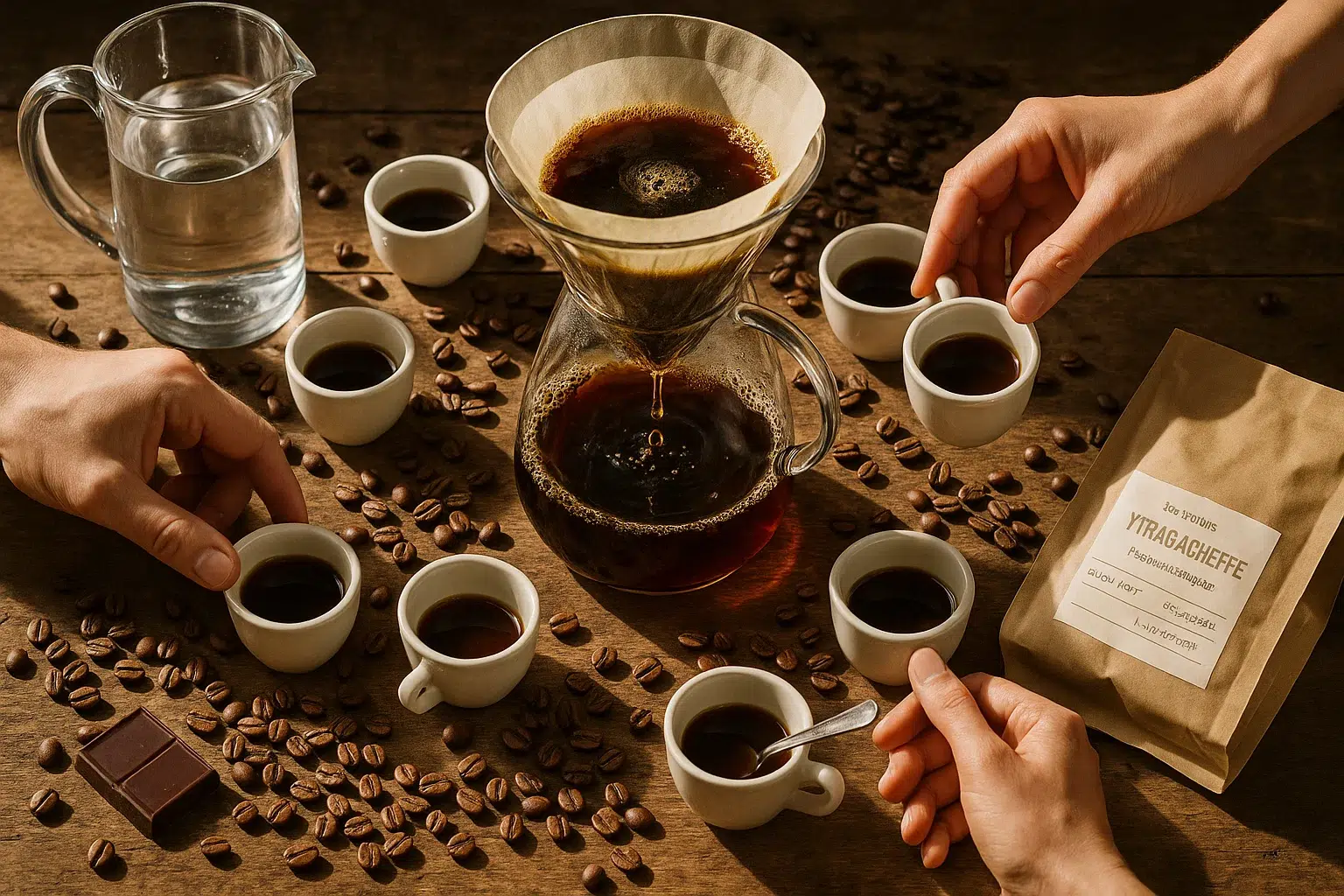
As you gain more experience with coffee tasting, you’ll begin to notice the subtler differences between various coffee beans. There are many factors that contribute to the complexity of coffee flavor, including the coffee’s origin, processing method, and roast level.
1. Origin
The region where coffee is grown has a significant impact on its flavor profile. For example, coffees from Central America tend to have a bright acidity with citrus or floral notes, while coffees from South America may have a nuttier, chocolatey flavor.
African coffees, such as those from Ethiopia and Kenya, often have fruity and floral profiles, while Indonesian coffees tend to have earthy, spicy flavors.
2. Processing Method
The way coffee is processed after it is harvested can also impact its flavor. The most common methods are washed (wet) processing, natural (dry) processing, and honey processing.
Washed coffees tend to be cleaner and brighter, while natural coffees are often fruitier and more full-bodied.
3. Roast Level
The roast level also plays a major role in the flavor of the coffee. Light roasts tend to preserve the natural flavors of the beans, while darker roasts develop deeper, more robust flavors.
The roast level can dramatically alter the coffee’s flavor profile, and it’s important to taste coffee at different roast levels to understand how it affects the final cup.
Read also: Essential Coffee Characteristics You Must Know
Conclusion
Coffee tasting is an enjoyable and educational practice that allows you to explore the world of coffee in a deeper way. Whether you’re a casual coffee drinker or an aspiring barista, learning how to taste coffee properly will help you appreciate the complexity and diversity of this beloved beverage.
By understanding the basic principles of coffee tasting—such as evaluating flavor, acidity, body, mouthfeel, and aftertaste—you can develop a more nuanced understanding of what makes a great cup of coffee. As you continue to taste different coffees and refine your palate, you’ll be able to identify the distinct characteristics that make each coffee unique.
So, next time you brew a cup of coffee, take a moment to slow down and appreciate the flavors and mouthfeel that make it special. Whether you’re tasting a light roast from Ethiopia or a dark roast from Colombia, coffee tasting is a rewarding and endlessly fascinating journey that will enhance your appreciation of this beloved drink. Happy tasting!



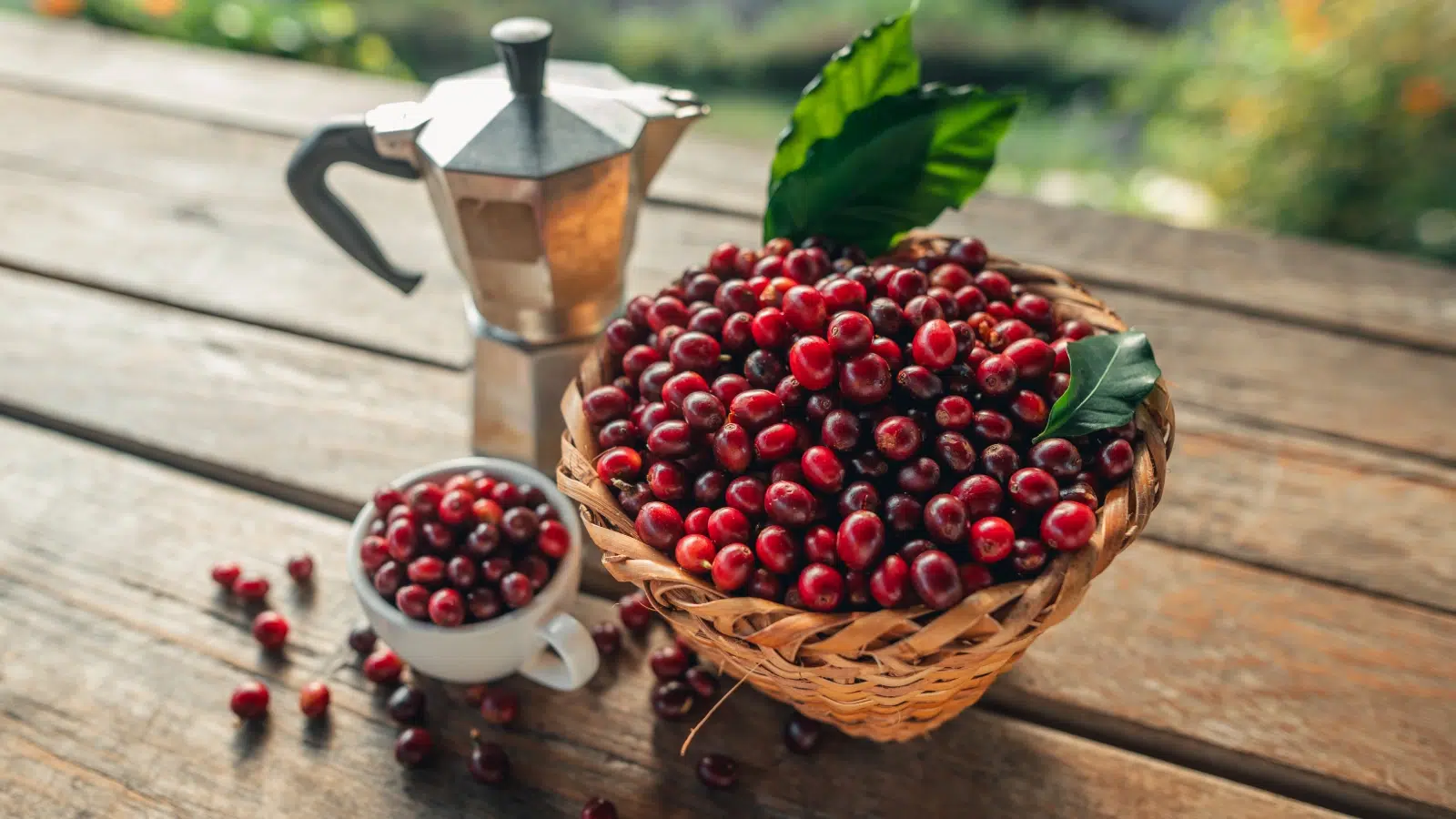
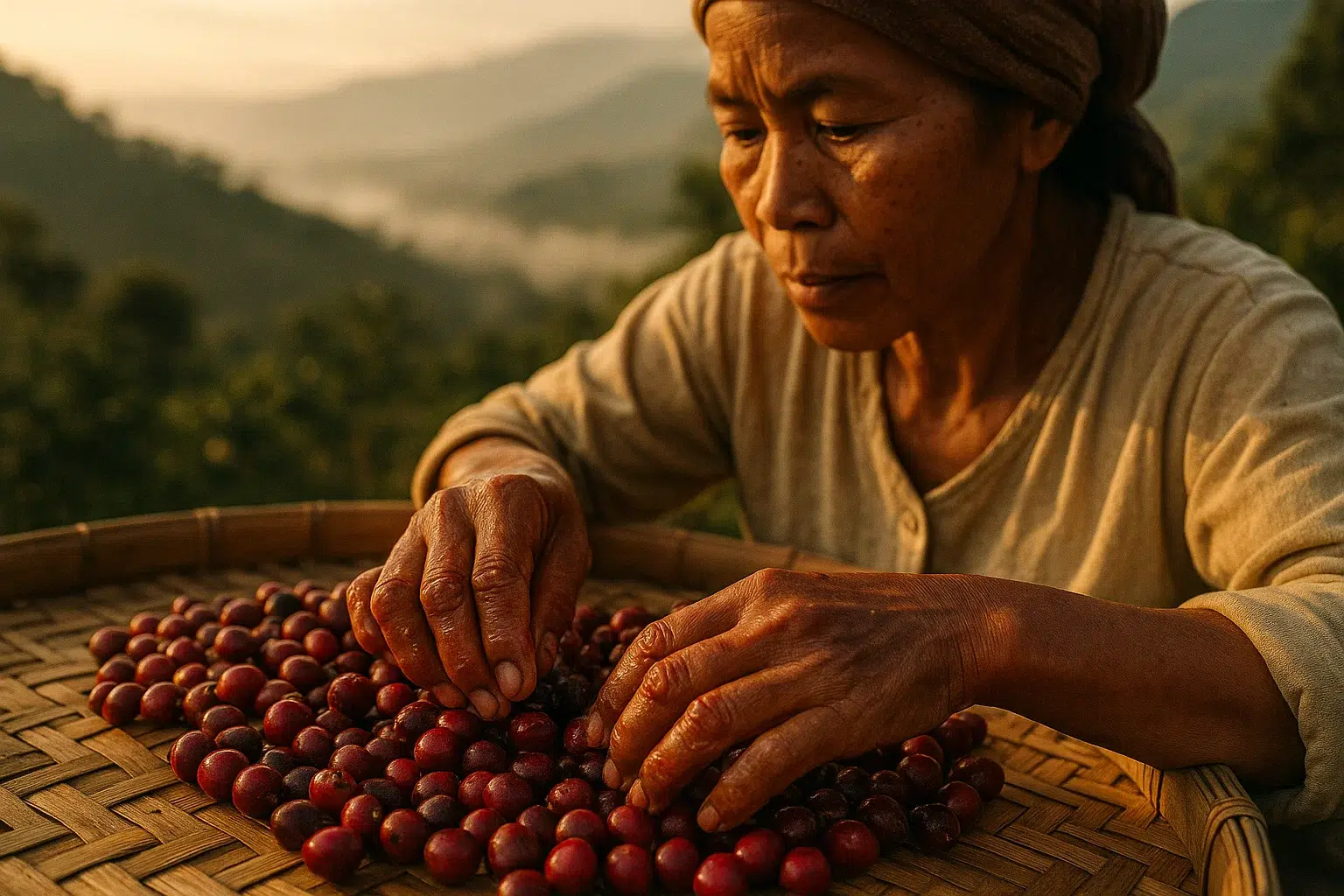





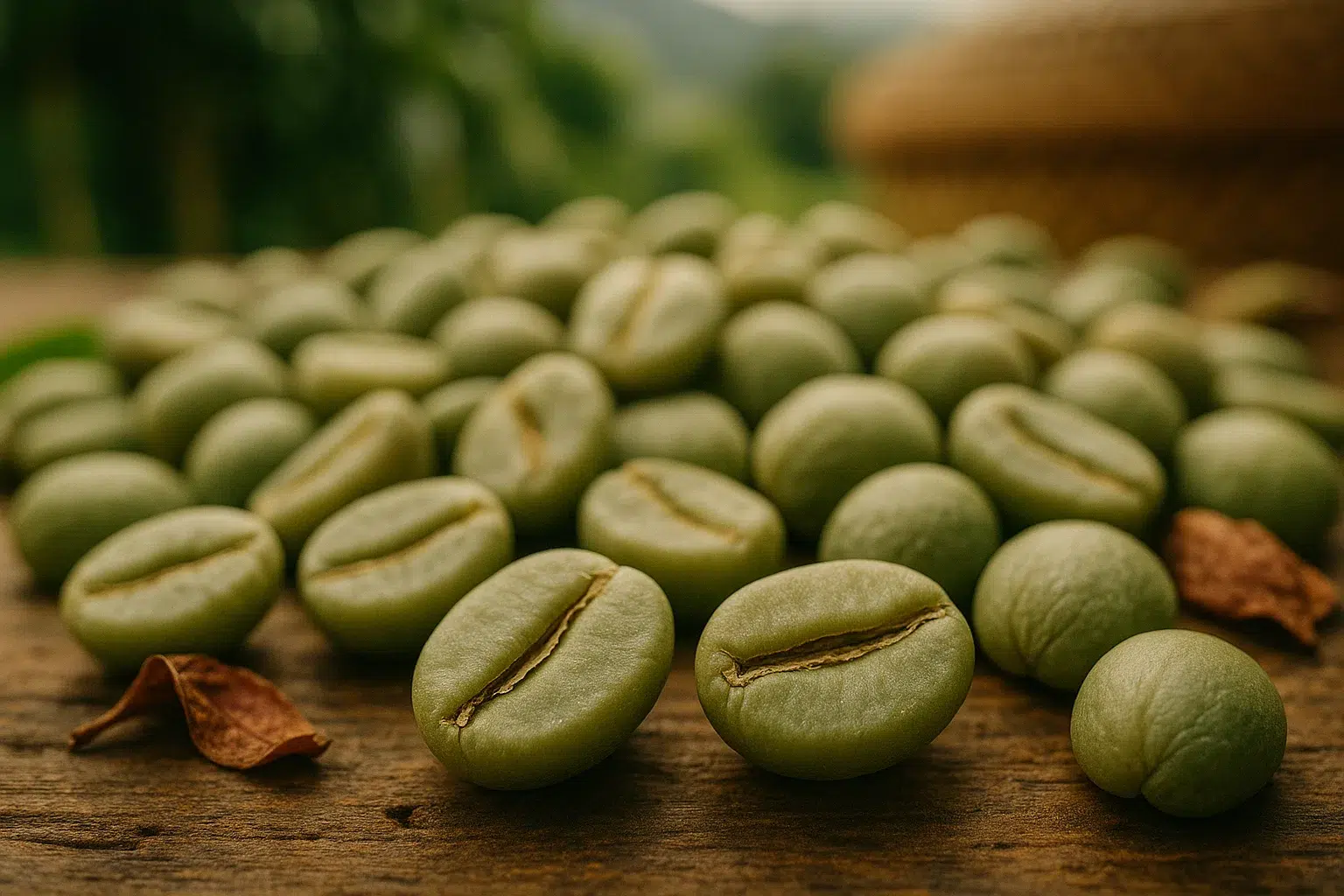




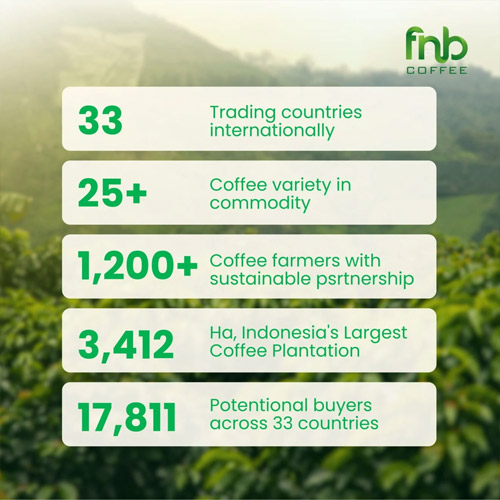









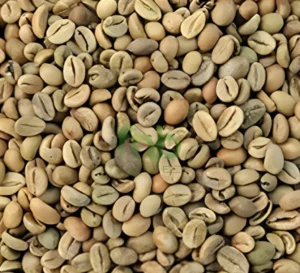
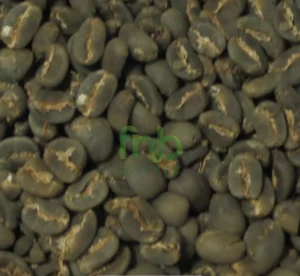



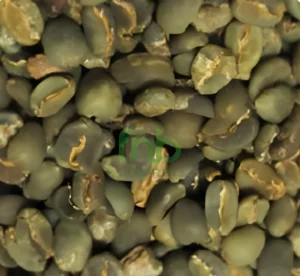

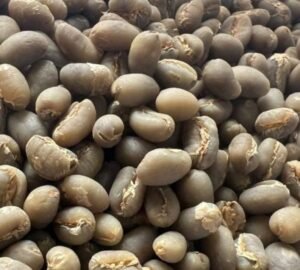










 Arabic
Arabic Chinese (Simplified)
Chinese (Simplified) Dutch
Dutch English
English French
French German
German Indonesian
Indonesian Italian
Italian Japanese
Japanese Portuguese
Portuguese Russian
Russian Spanish
Spanish